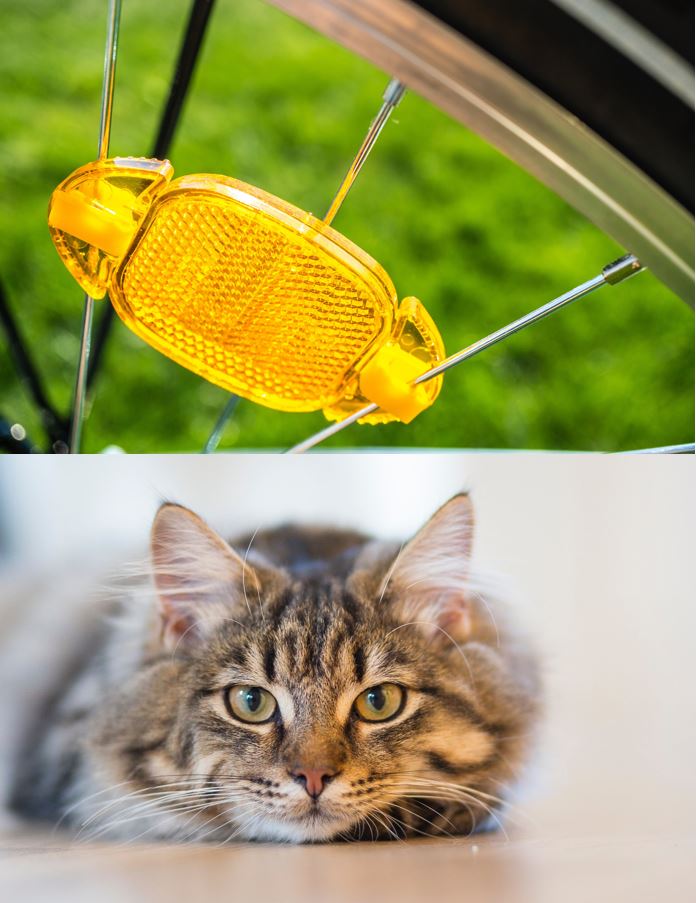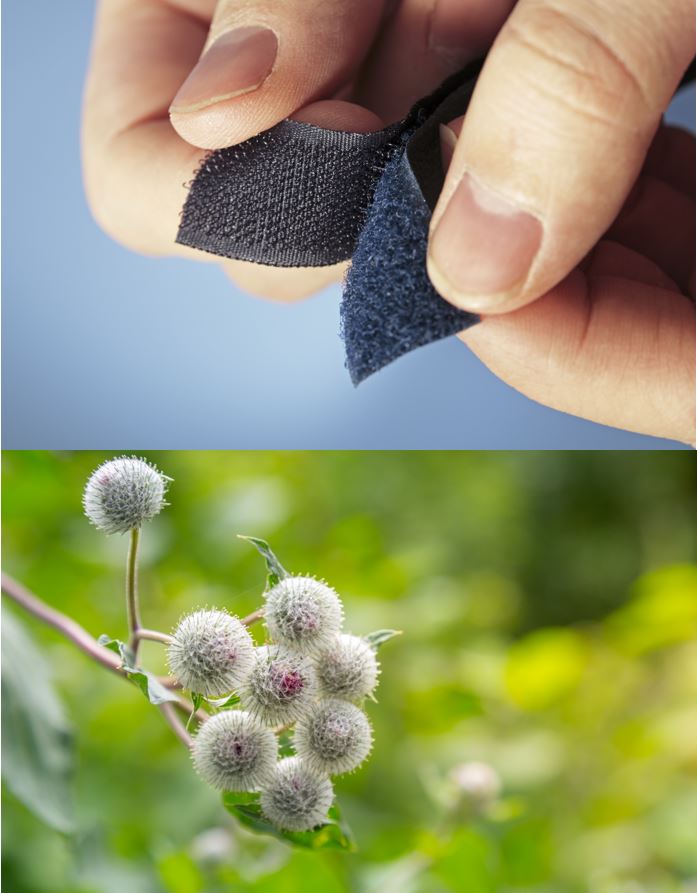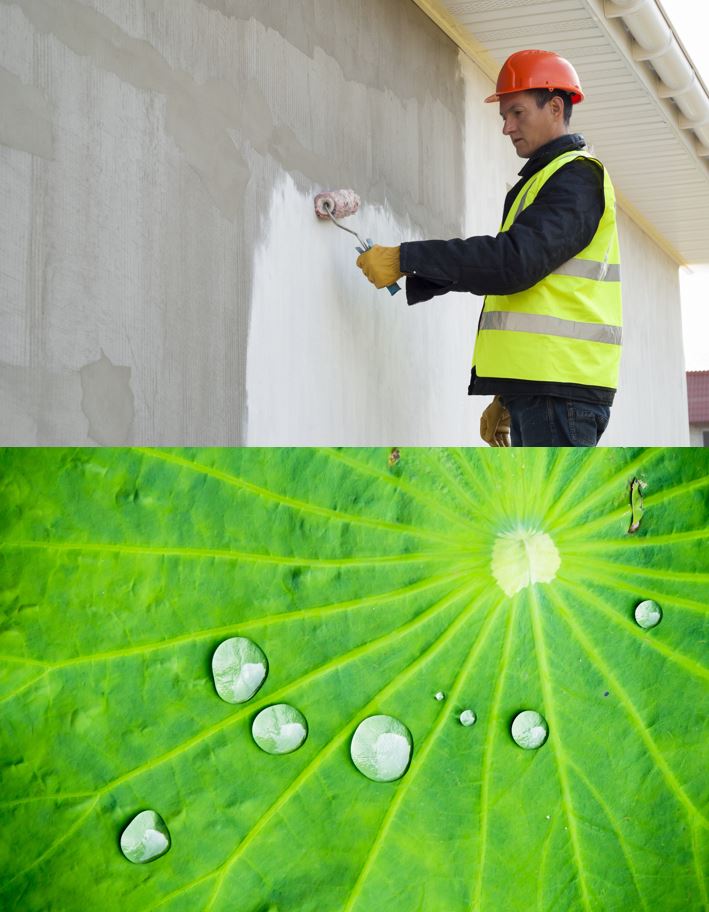This post is also available in: Deutsch
The mobility of the future – often discussed and yet raises many questions. We haven’t decided yet how we will mainly move forward 20, 30 or 50 years from now. One thing is already clear, however: the requirements continue to grow. Vehicles will have to be lighter, safer and more environmentally friendly. Not to mention more comfortable and smarter. So what does that mean for our joining technology? The line systems in vehicles are becoming increasingly complex, which means longer lines, more turns and more junctions. This is particularly true for cooling systems that can be found in all types of vehicles – hybrids, purely electric vehicles and cars with traditional combustion engines.
“Cooling systems in electric cars can easily exceed 20 meters in length – a real challenge for joining technology.”
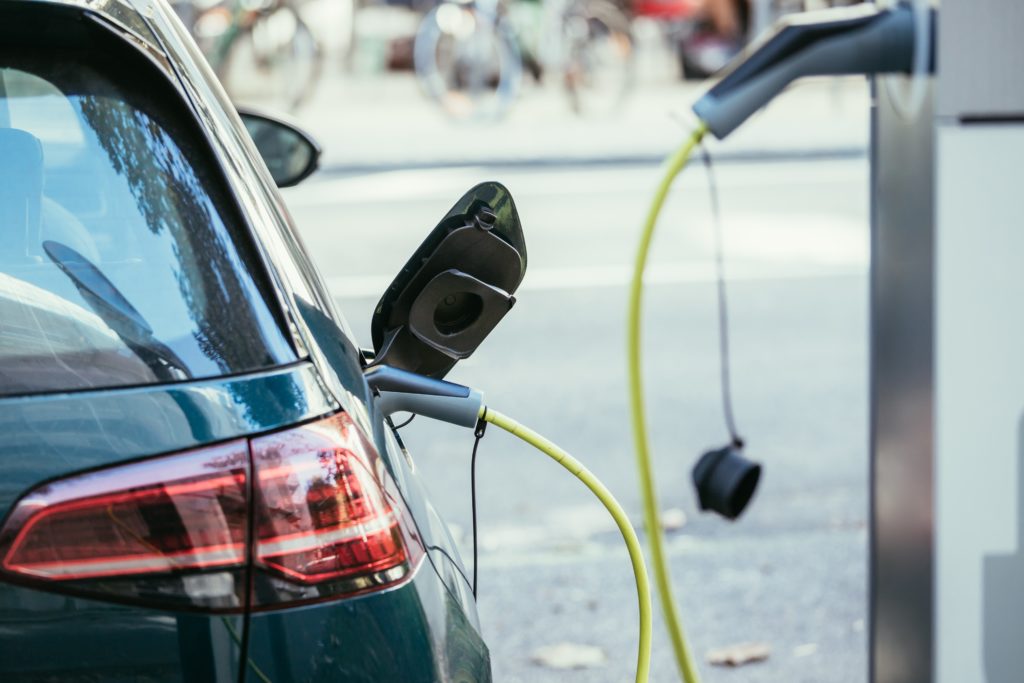
Long line – less pressure?
Regulating the temperature is even more important in electrically powered vehicles because the optimal operating temperature ensures that the battery lasts longer and the vehicle has a longer range before it has to be plugged in again. And the battery can be charged faster if its temperature is neither too cold nor too warm. Piping systems for thermal management in electric cars and hybrids can easily exceed 20 meters in length. The many turns and section restrictions pose a problem: the pressure in the cooling circuit would normally drop dramatically and the temperature would be far from ideal.
The solution: learning from nature
Traditionally, this loss in pressure would be compensated for by using larger pumps or by increasing the tube sections. This works, but it definitely adds to the weight and thus ensures that the vehicle has a shorter range and consumes more energy.
“We discover new ways to work in nature that we can use for our own products.”
Instead, we use findings from bionics and orient ourselves on models from nature. Bionics is a branch of science in which researchers analyze functional principles and structures from the plant and animal world. We can use some of these models from biology and geography in product development. The term bionics has been around since the 1960s, but we humans have been gaining inspiration from nature much longer than that.
See some famous examples of bionics in the picture gallery:
Bionic lines
River bends are never circular, symmetrical arcs. This is one reason why the water in the riverbed flows relatively evenly despite the meandering shape. We took a closer look, because our piping systems lose pressure in every turn. We cannot prevent that, but reduce it – for example, by using mechanisms of natural evolution: mutation, selection and recombination. On the computer, we simulate all sorts of turns for our pipes, that is, we deform a circular arc into a more or less distorted arch form. That’s the mutation. We then calculate the pressure loss for these shapes and select those for which the loss is lowest. We finally combine these shapes since each turn affects the flow rate and the optimal shape of the next turn. This ensures that the coolant flows through the pipe system with a minimum of pressure loss.
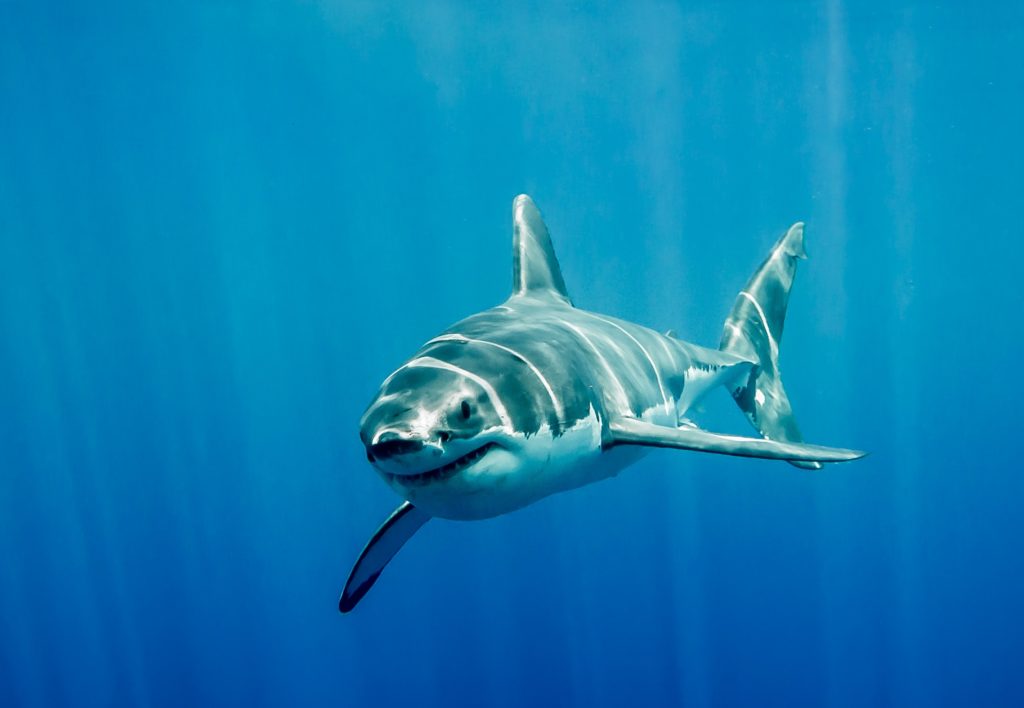
Sharks glide more effortlessly through the water than other sea creatures. But is this because of their extremely smooth skin? Not really. Shark skin has a special groove structure on movable scales along its whole body. This groove structure significantly reduces fluid drag. At high speeds, the shark has to use less force. We want to apply this shark skin effect to our thermal management systems in the future, for example by integrating riblets on the inside of some parts. This makes it easier and faster for a liquid to flow through them.
“Up to 50 percent less pressure loss thanks to inspiration from rivers”
We can implement these two concepts from geography and biology relatively easily and thus massively reduce the loss in pressure – by up to 50 percent. The coolant then flows evenly through the system at a continuous optimal pressure. In this way, the battery and any other elements of the vehicle such as the engine, power electronics, charging technology and the driver’s cab are kept at the best possible temperature.
Simulation provides the basis
The numerical simulation, with which complicated equations can be calculated, is indispensable to us here. This allows us to predict very accurately how a part or a complete piping system will behave under different conditions. After all, a cooling system should work just as well in a Finnish winter as it does in South Indian summer. Furthermore, we can bring new products to market faster because simulations can complement or even replace experiments in some areas.
Of course, we can’t just copy nature because we have different safety requirements to meet than a shark at sea. Nevertheless, nature’s role models provide us with inspiration for our own independent technological developments. We are constantly checking which further concepts from the world of plants and animals we can employ for our products.



